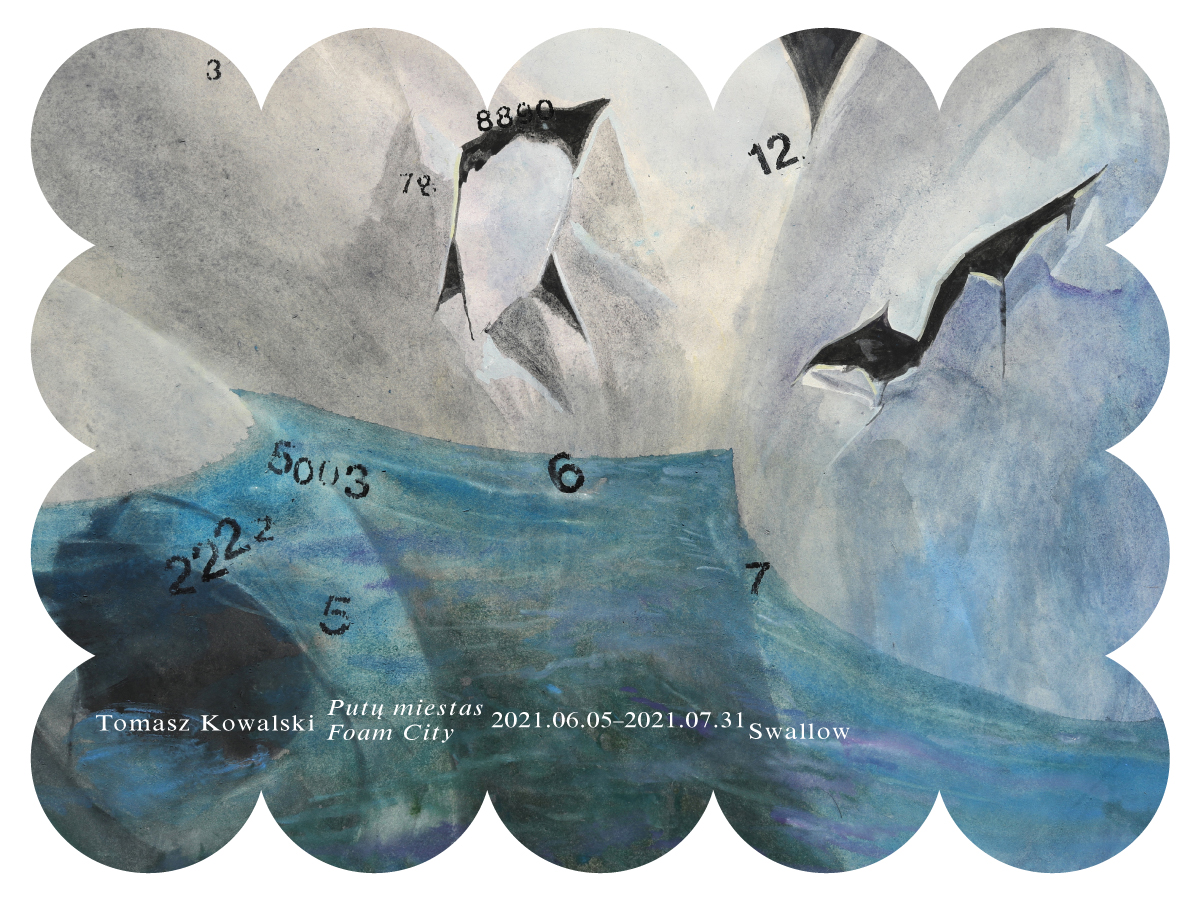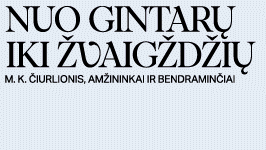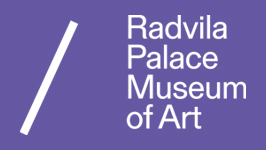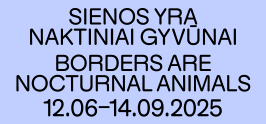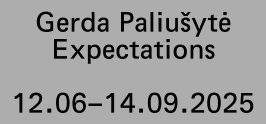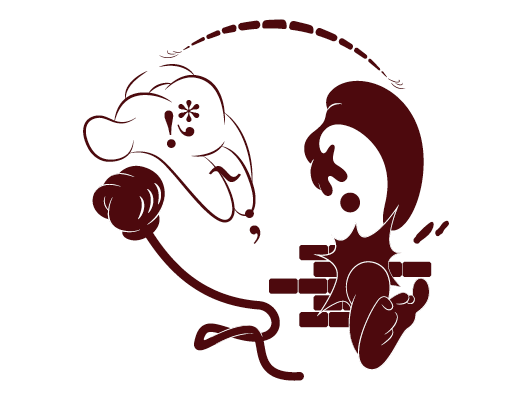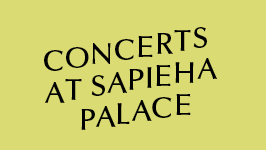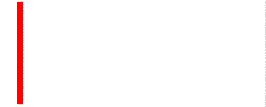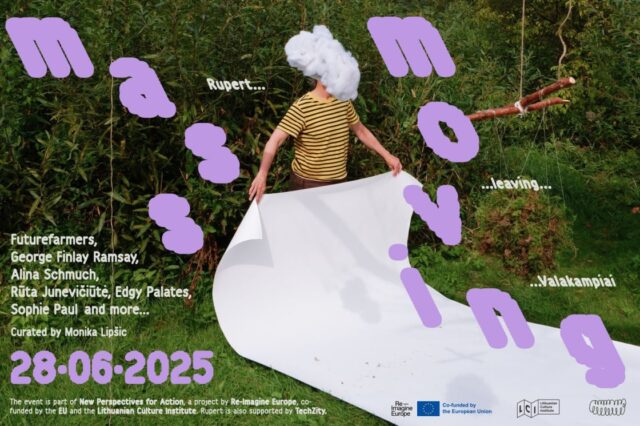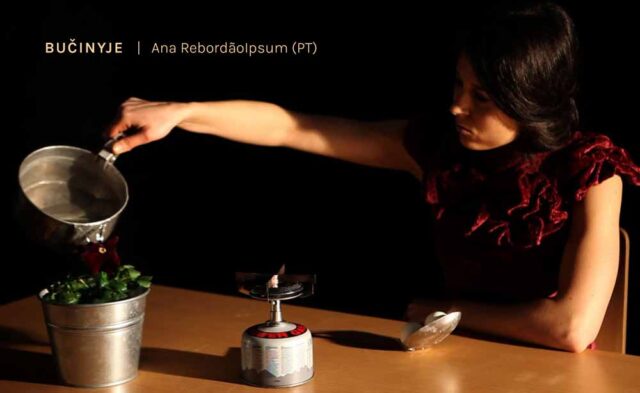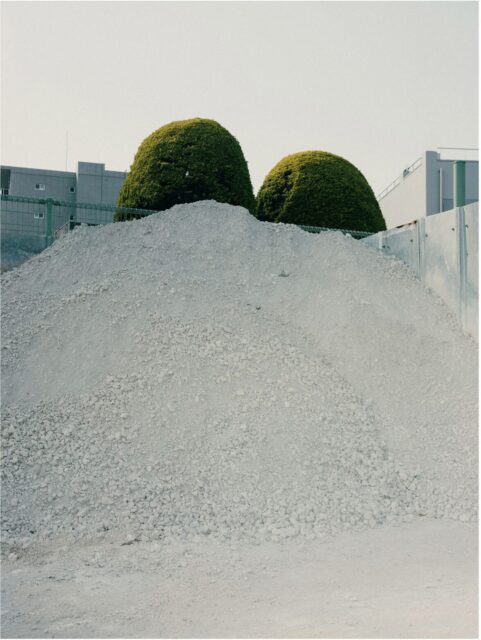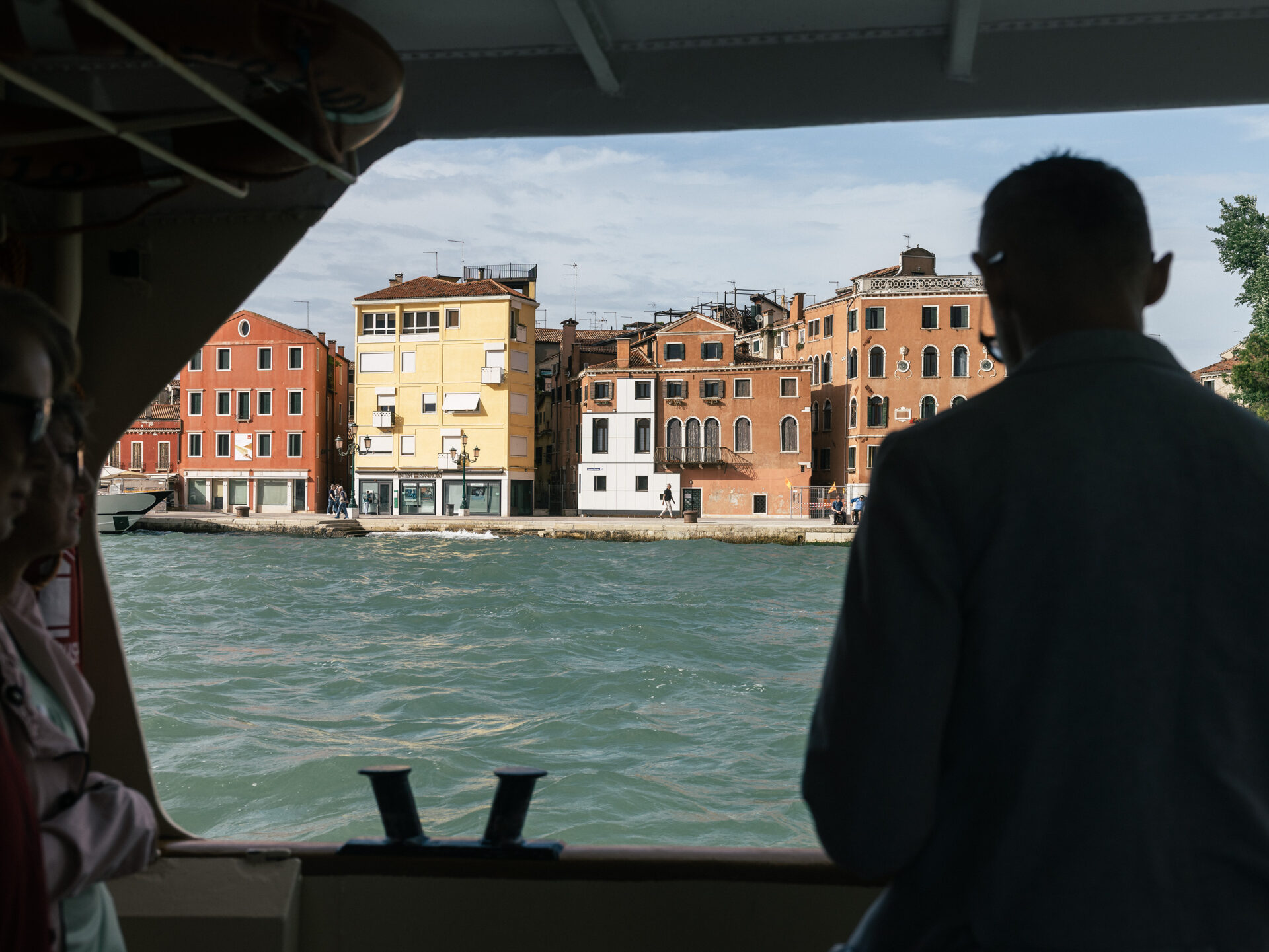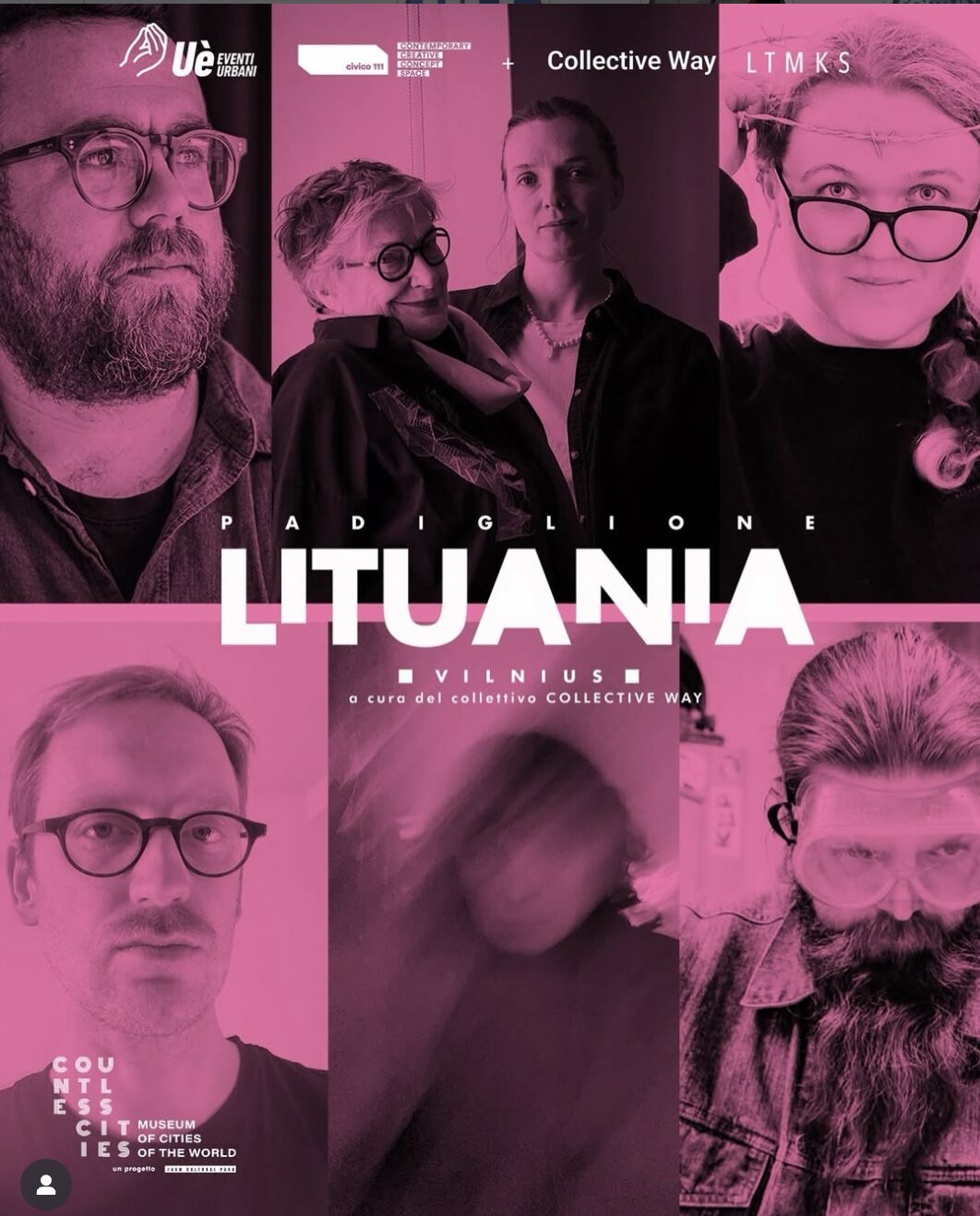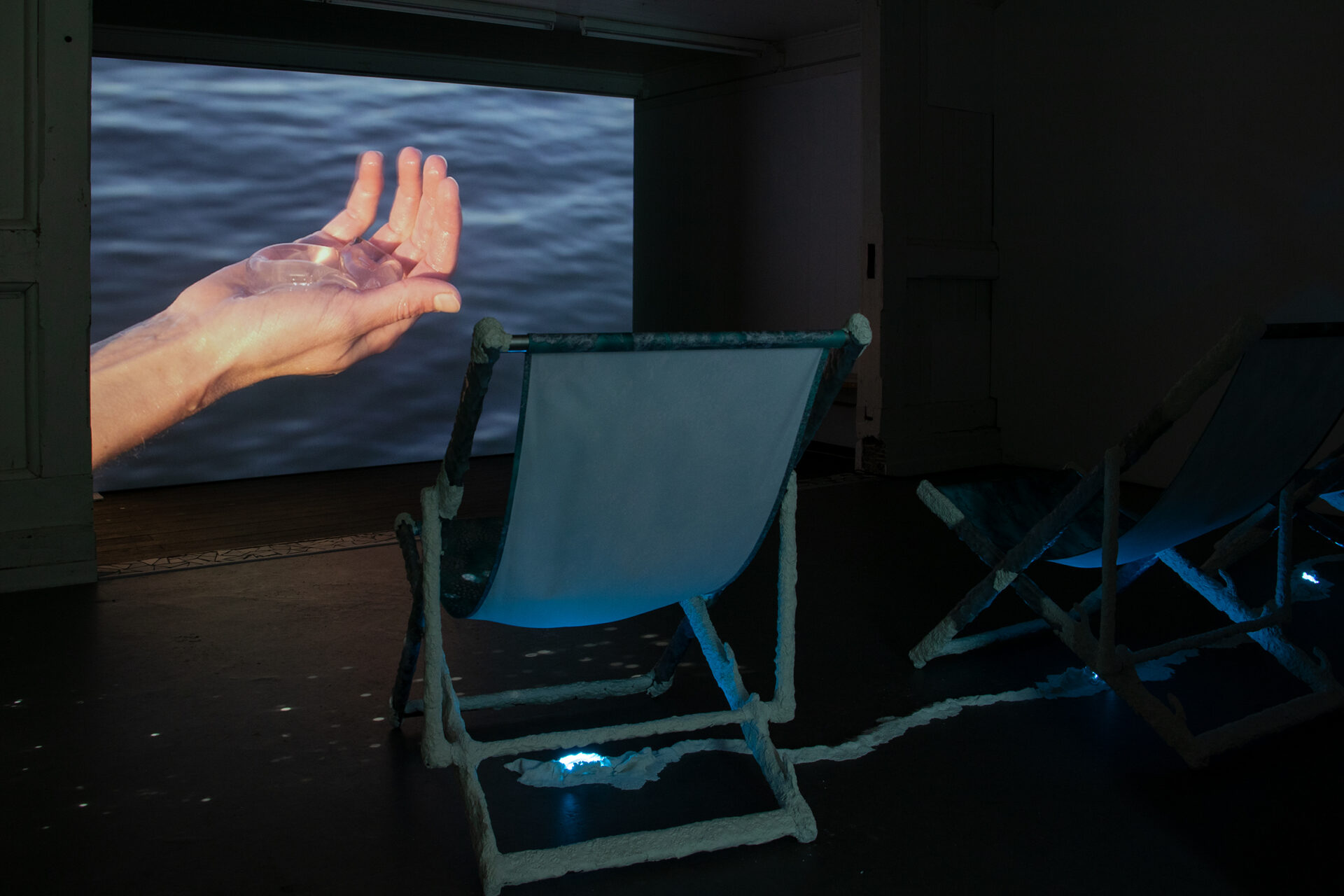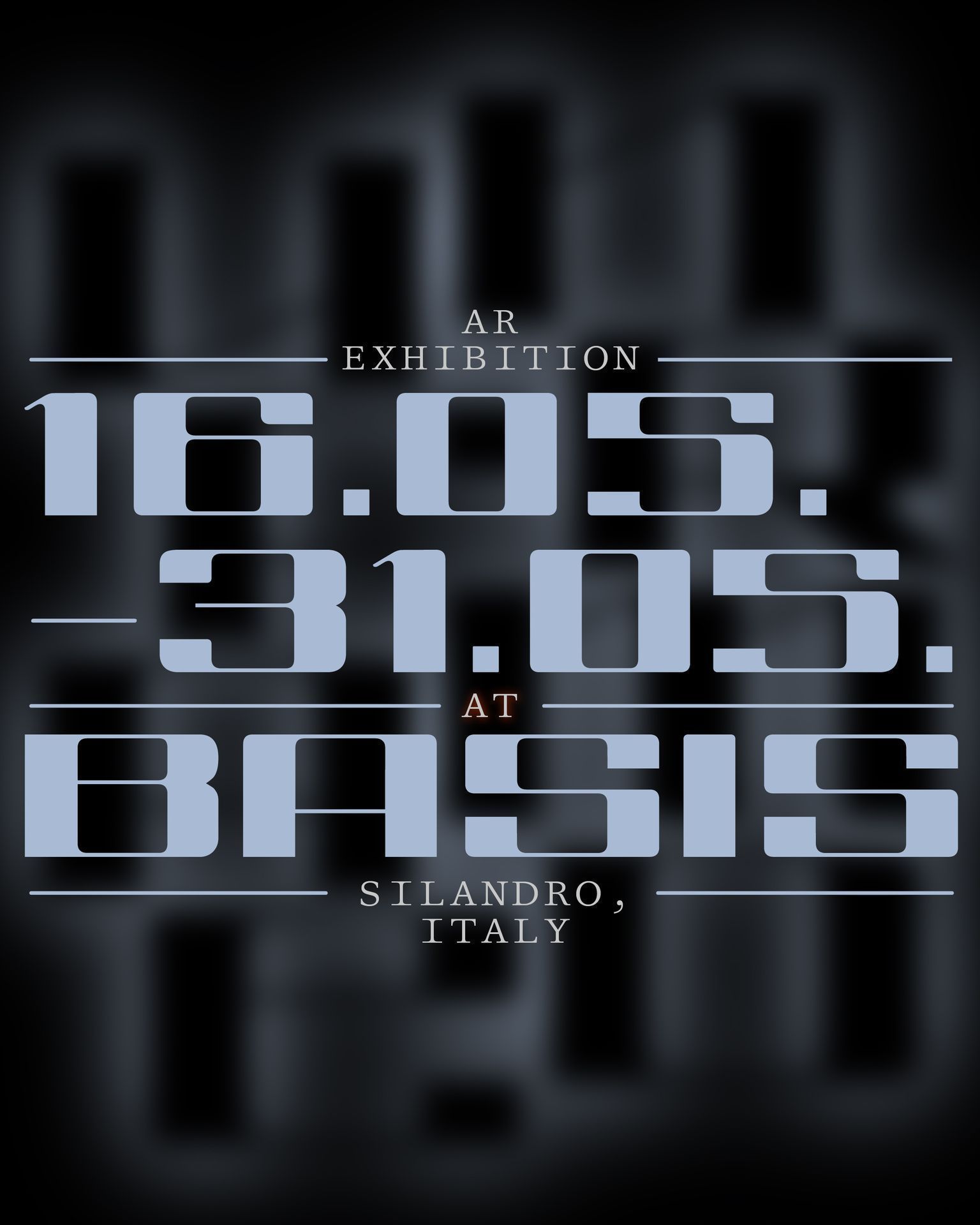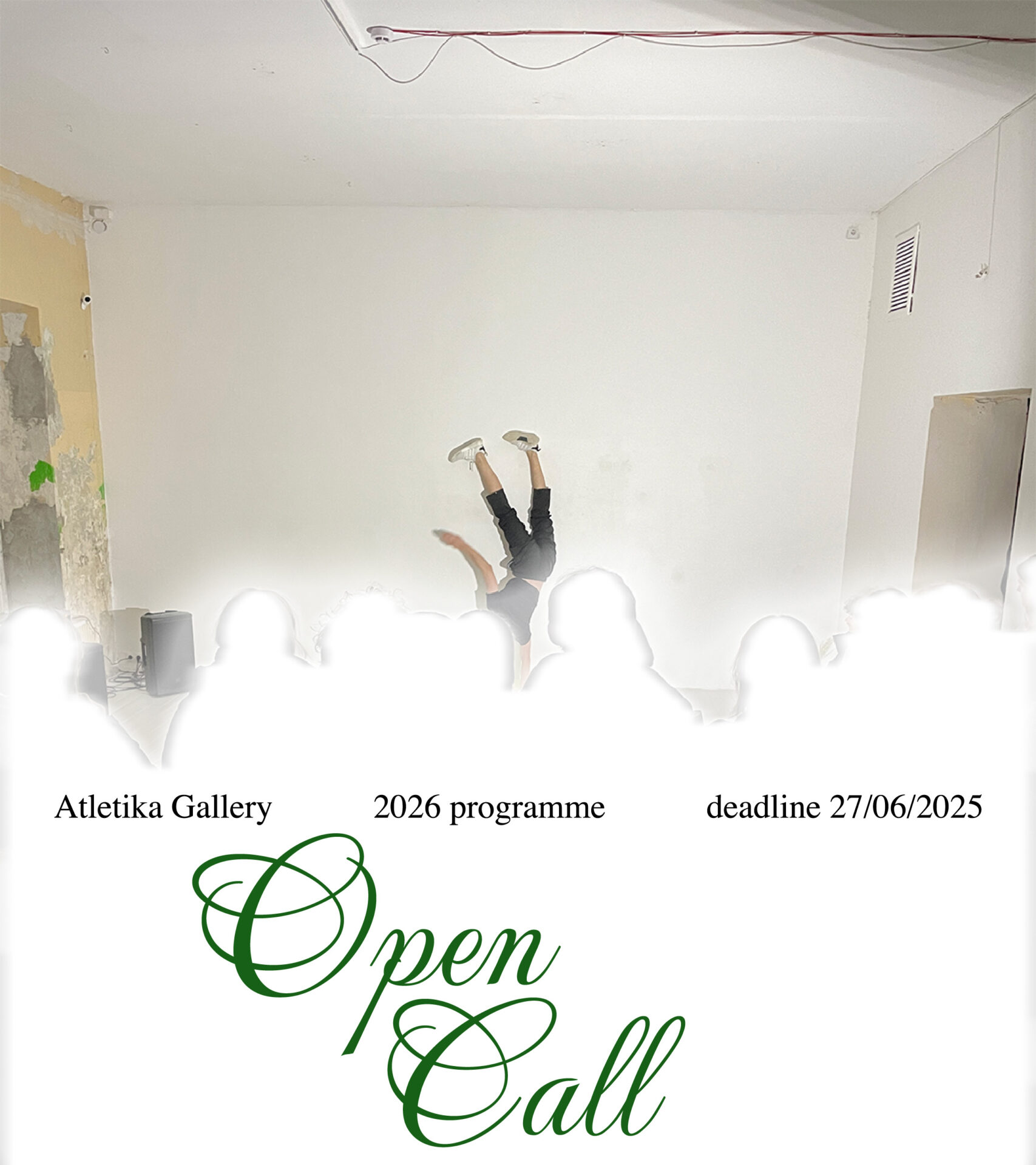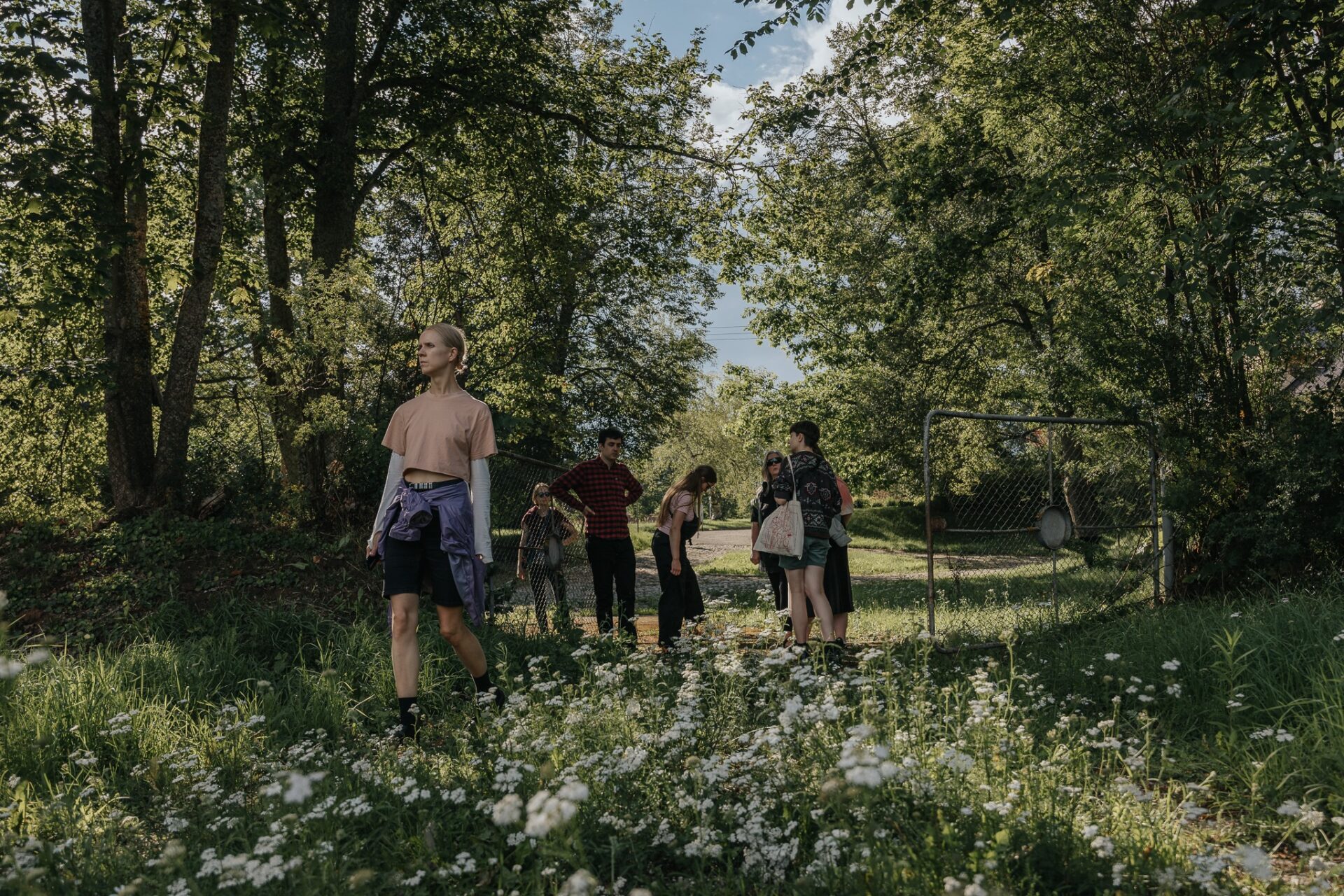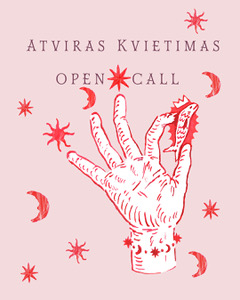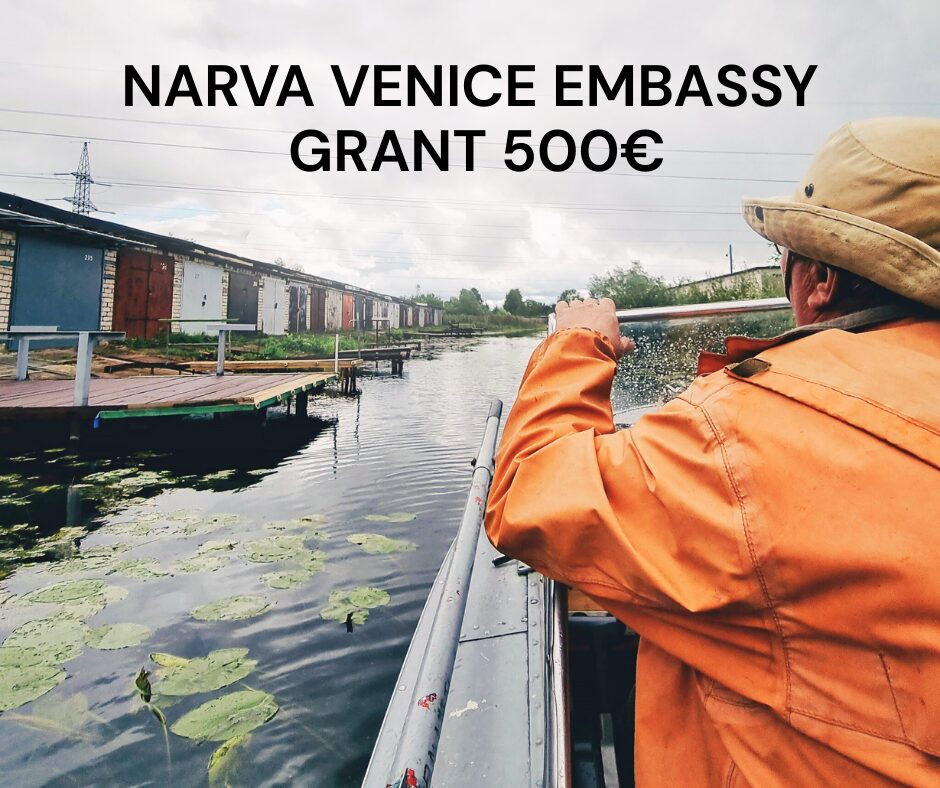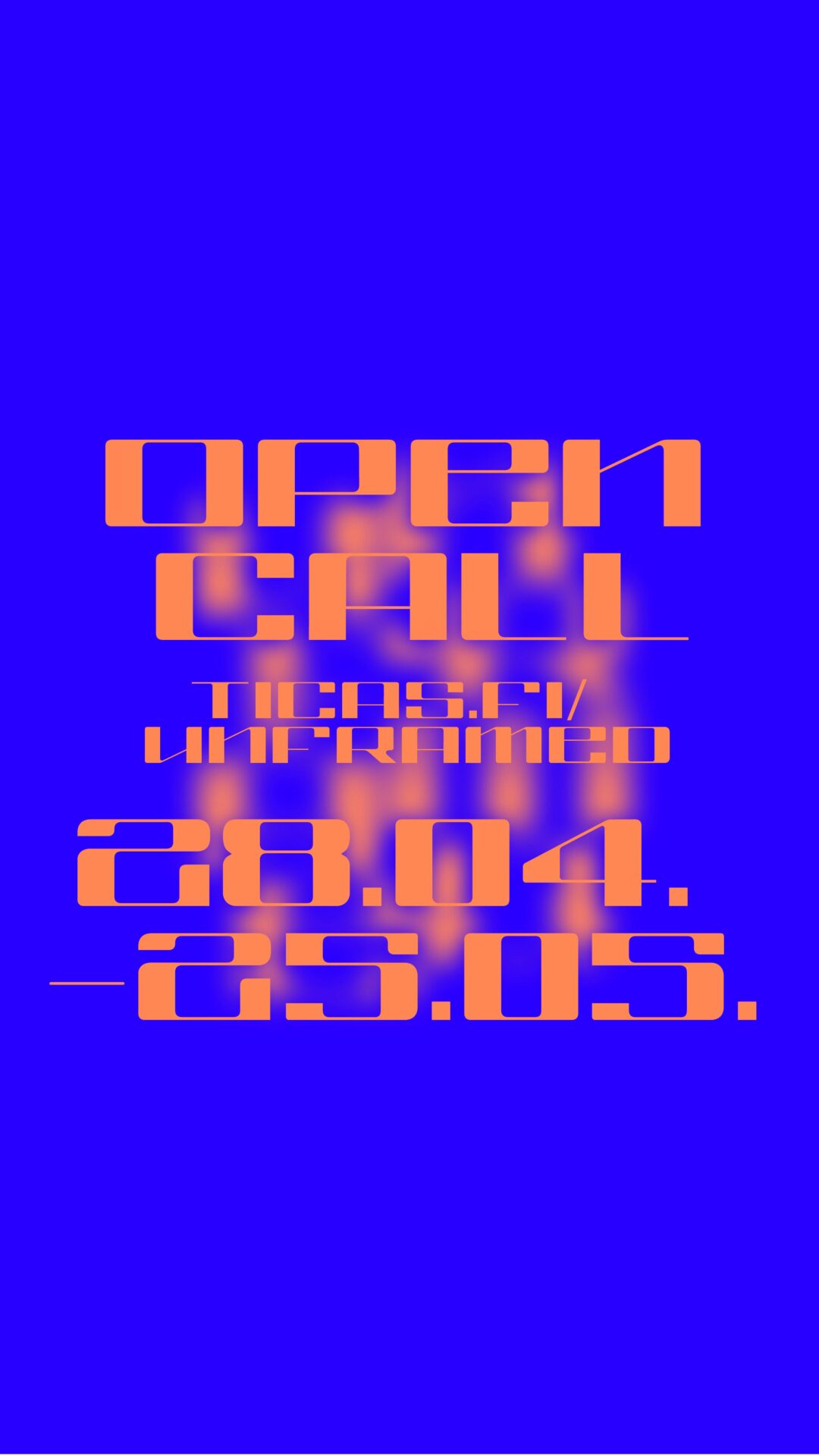Swallow project space invites to the opening of Polish artist Tomasz Kowalski’s solo exhibition Foam City on Saturday, 5th June, 5pm. This exhibition marks the first solo presentation of the artist’s work in Lithuania, organised as part of the 14th Baltic Triennial – The Endless Frontier. The exhibition is open until 31st July.
In Foam City, Kowalski’s frequently used bubble motif becomes an allegory of a continuously produced human environment. The soapy and only partially transparent membrane of the bubbles reflects projections of external realities. Although, when viewed from the inside, these possible worlds seem to be right in front of us, as soon as we try to reach them, the bubble bursts. The bubbles act like optical devices, whose swelling, vibrating iridescent surfaces distort and multiply the reflections of our personal and communal lives.
The exhibition features a demon – the protagonist of a hypothetical situation defying the second law of thermodynamics, devised in 1867 by the Scottish physicist James Clerk Maxwell. The situation is usually depicted as a space made up of two rooms with two-coloured bubbles moving across it at different speeds. The door separating the two rooms is controlled by a demon, who keeps opening and closing it, outrunning the moving particles and thus separating the warmer from the cooler ones in different rooms. Thus, one room gradually warms while the other one cools down, and thermodynamic equilibrium is never reached. Maxwell’s demon is an articulation of how within the boundaries of the collision between two separate systems – both at the molecular and the political level – operate eccentric, untrustworthy forces that are not subject to their rules and orders. In ways known only to themselves, these forces distribute and regulate the invisible flows of information, energy and matter circulating between the two environments. Moreover, since they are at work both internally and externally, the collision with them cannot be represented on a coordinate plane or any other diagram. How we feel their action is rather “from the inside” – as an inflammation in the body or an irritated state of consciousness in which our sensorium instinctively tenses up and begins to react by saturating the colours of the environment, reducing all shapes of unclear boundaries into geometric figures and combining individual sounds into rhythms.
In Foam City, Kowalski’s drawings, paintings, sculptures and sound works offer a dreamlike critical image of contemporary social life, where the invisible boundaries of our personal security and intimacy are loosely fused with the material limits of the city – fences, streets, walls of buildings. The building material of the foam city – bubbles, equally fluid and solid, fragile and plastic, combine to form a growing and renewable mass of foam, with no established distinction between inside and outside. Here, Maxwell’s demon sorting the particles into separate rooms is not an allegory of an exception to a physical law, but the only rule of an unpredictably changing social and material order. Kowalski’s works cultivate a troubling and enchanting, both atomised and fluid image of a reality, in which life that happens on the fringes of society, culture and the imagination is brought to the foreground.
Graphic design: Nerijus Rimkus and Vytautas Volbekas (the illustration contains a fragment of a drawing by Tomasz Kowalski). Translation: Alexandra Bondarev and Aistis Žekevičius. Exposition installation: Antanas Gerlikas.
Many thanks to Justė Beniušytė, Alexandra Bondarev, Antanas Gerlikas, Edvard Gotovski, Laura Kaminskaitė, Viktoras Musteikis, Vytautas Volbekas, Antanas Stanislauskas, Lukas Škimelis, Aistis Žekevičius and UAB Baltic Film Transport.
